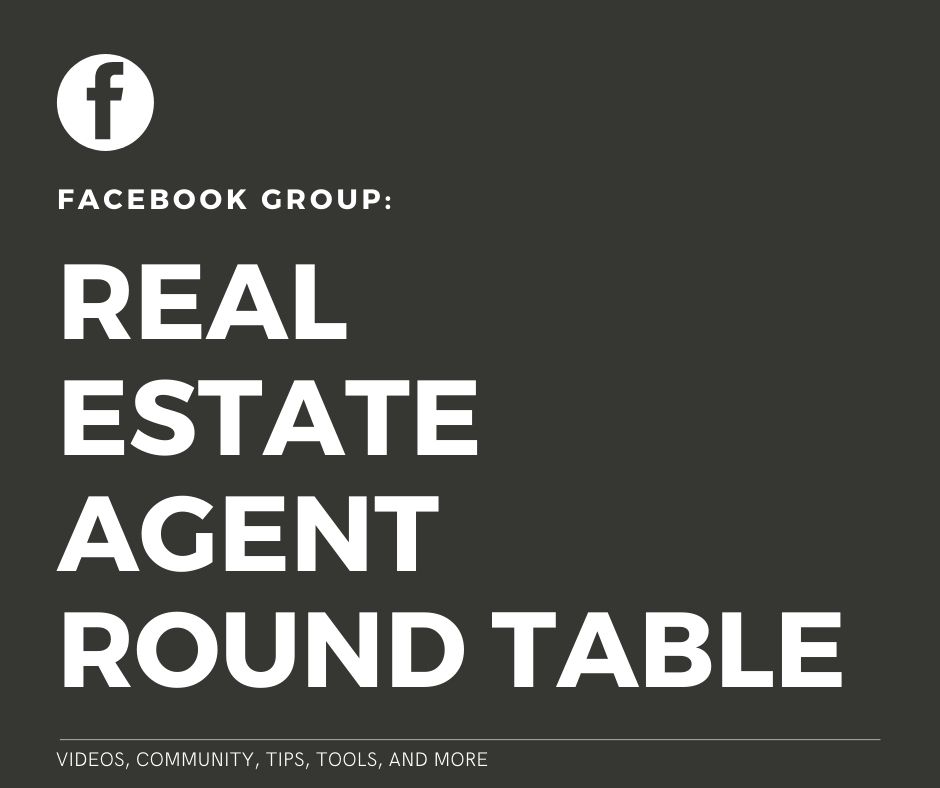

What home pricing strategies are you using right now? As of the creation of this blog, it is a hot seller’s market. A very, very hot seller’s market. Today we are going to dive in and talk about strategies for pricing. You’ll get ideas for powerful scripts, and a FREE DOWNLOAD of an infographic to share during your listing appointment.
Whenever it is a hot seller’s market and you go on listing appointments, you’ll find your sellers are, often, more arrogant than usual. They will be even more aggressive about how much they believe their home is worth. Sellers want to list their homes for much higher than you may advise, because hey, the market is hot! Homes are selling over listing price!
This is a common problem. When you get into a hot seller’s market when there is low inventory, there are several schools of thought when it comes to home pricing strategies.
It is my belief that you should not list a home for as much as you believe it will sell for, or appraise for. There are reasons for this belief, and we’ll get into them. But to explain part of our strategy here, read the script below.
When you decide between home pricing strategies and decide to set listings at market value, you should have a script ready for your sellers. Use this script during your listing appointment.
We need to sell your house twice. We need to sell it to someone who’s willing to pay for it, and then we need to sell it a second time to the appraiser. The appraiser is not as excited as the home buyer. They are mechanical and often don’t side with our pricing.
How do we best satisfy appraisers? Listing high is risky. If we go high anyway, we might put it on the market and get crickets. This happens all the time when listings are priced too high. Everyone can see the error. Everybody wonders what’s wrong with our listing. Why is that the one house that’s still on the market? Why doesn’t anybody want it?
Now, when someone does end up making an offer, they feel like they can low-ball us because we must be desperate. So, we end up selling for less than if we had started an an appropriate price to begin with. Does this make sense to you?
We want to attract multiple offers. The way we do that is with a price at or slightly below market value. Multiple offers will naturally bid the price up higher, which is what we want. And, we get more negotiating power. Does this sound good to you?

Within the training video in this blog, I share an infographic that shows the impact of price on visibility. This is a great infographic to include in your listing presentation. You can tell all your clients that you were on a training and the instructor taught that this is the best way to price in this hot seller’s market.
If you price your home 15% above market value, you cut out 90% of potential buyers. If you go 10% too high, you’ll cut out 70% of home buyers will look at your home. At market value, you’ll attract 60% of buyers, and if you price below market value, you’ll attract even more.
If you price your home at market value, or just below, you will attract multiple offers. This will bid your price up naturally, so you will likely get more for your home than if you had priced it at that amount to begin with.
Within the first week or two of a listing going live is when you have the highest chance of attracting multiple offers. The excitement creates a feeding frenzy in a low-inventory market. In contrast, if you have to reduce your price or re-list your house, this same attraction will not occur. If you want the best chance of a multiple-offer situation, you need to price the house at market value or slightly below from the get-go.
Multiple offers are better than simply drawing one offer up high because it gives your seller bargaining power. You can ask for things, like waived contingencies, waived appraisals, higher deposits, etc.
You must get your clients bought-in on your home pricing strategies when you meet the first time during your listing presentation. This is not a conversation that can wait until later. They need to understand why you believe this is the best strategy to get the most for their home. Remember, they may be arrogant and feel offended that you want to price so low, so you must show them the facts.
You need to explain things to your clients the way I explain them in the video within this blog. Why? It shows your clients that you have a strategy. You have a reason for your home pricing strategies. You are likely the only real estate agent they’ve met that has a strategy and has been willing to walk them through it. This is huge.
Don’t just tell them, show them. This helpful infographic provides an explanation of why, of all home pricing strategies, you choose this one. If you like the infographic in this blog, you can download the high-res version and use as a part of your listing consultation.
